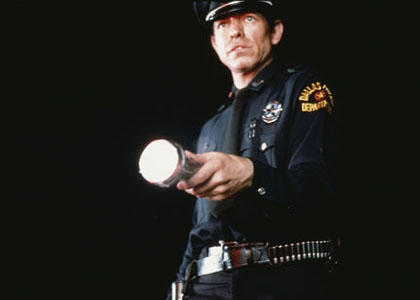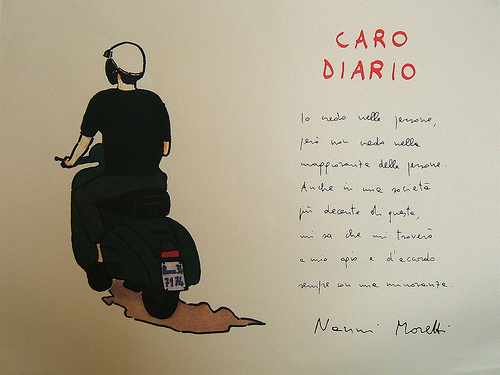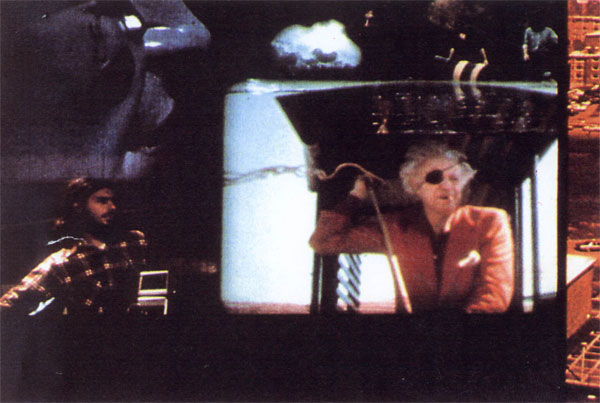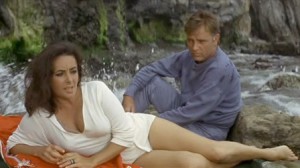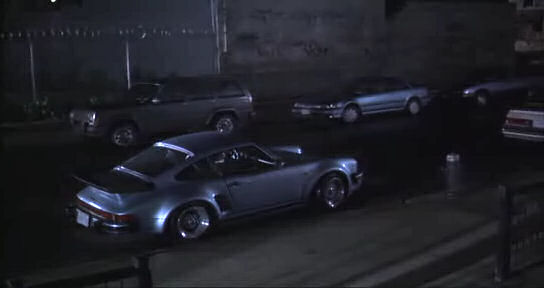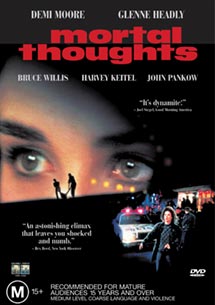From the Chicago Reader (April 11, 1997). I’ve suppressed the title/headline originally given to this piece, which I greatly regretted at the time, “Tortured Genius”. There are a few contributions of my own here that I also regret, but, for the record, I’ve decided to let this text stand. — J.R.
Films by Mohsen Makhmalbaf

It’s tempting but dangerous to approach artists from exotic cultures in terms of more familiar reference points — such as comparing Zhang Yimou’s Ju Dou to The Postman Always Rings Twice or reading Souleymane Cisse’s Brightness as if it were an African Star Wars, as some American and English critics have done. Yet to describe the styles and visions of the two major Iranian filmmakers of the 80s and 90s, Abbas Kiarostami and Mohsen Makhmalbaf, I’ve been exploring comparisons to Leo Tolstoy and Fyodor Dostoyevsky — a project obviously fraught with booby traps, but one that clarifies some of the important differences between these two major figures.
Last June the Film Center brought us seven features and nine short films by Kiarostami, and this month it’s showing ten features and one short documentary by Makhmalbaf, as well as three documentaries about him (one of them Kiarostami’s remarkable Close-up). Read more

